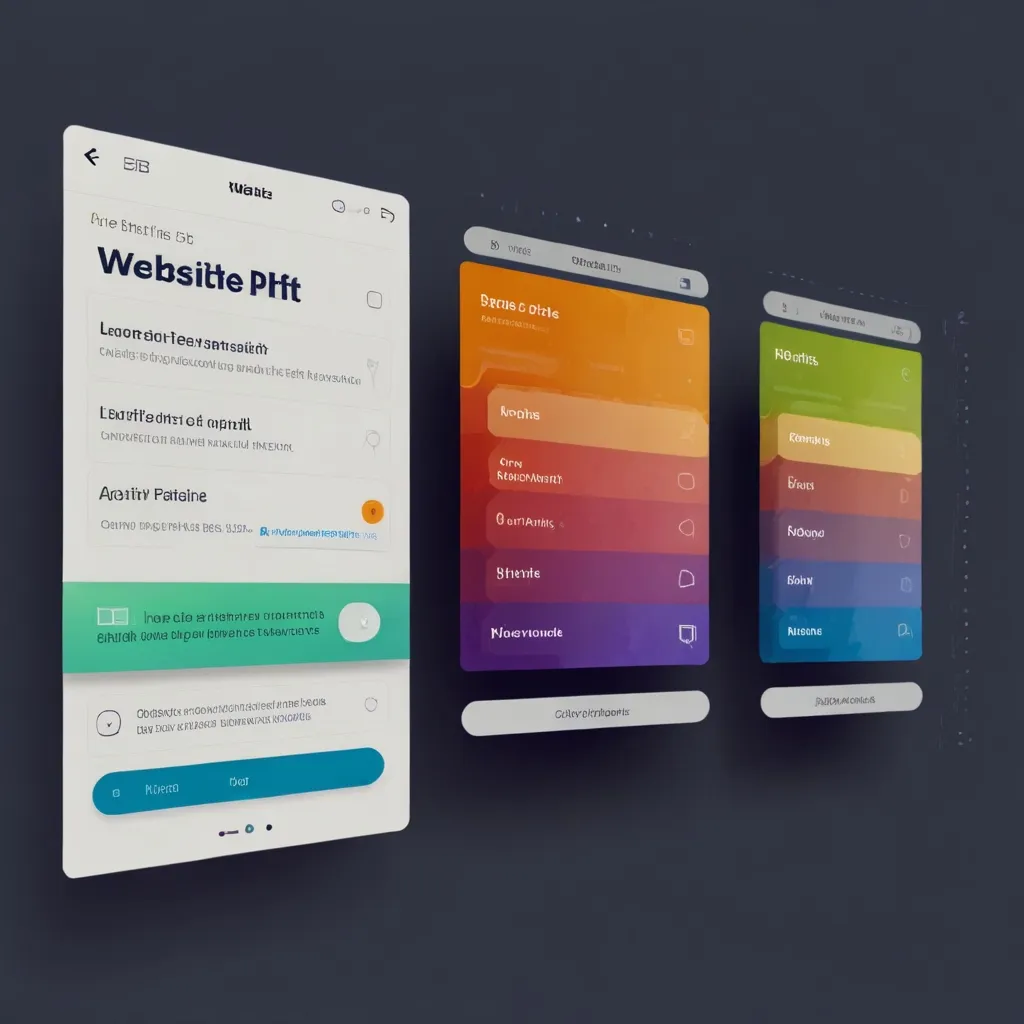Firebase, a powerful platform evolved under the Google umbrella, has become a vital tool for both mobile and web application developers since its inception in 2011. Initially launched as a real-time database, it has transformed into a comprehensive suite of services over the years, making app development a breeze.
Firebase essentially functions as a Backend-as-a-Service (BaaS) solution. It enables developers to focus more on the aesthetic and user interface aspects (the frontend) of their applications without the stress and hassle of managing backend infrastructure. The journey began with its real-time database foundation but took a giant leap forward when Google acquired it in 2014. Today, Firebase boasts an impressive lineup of over 25 components that seamlessly integrate to provide a powerful development playground.
At its core, Firebase is more than just a database service. It offers a wide array of tools and services that assist in building, testing, and managing applications. For instance, the two primary databases offered by Firebase - the Realtime Database and Firestore - cater to different but equally essential needs. The Realtime Database is celebrated for its stability and real-time data sync capabilities, making it a go-to for instant data update scenarios. On the other hand, Firestore is a NoSQL database with advanced features such as multi-regional data replication and multi-document transactions. Both databases are designed to be scalable, secure, and supportive of offline capabilities, perfectly suited for real-time application requirements.
User authentication stands as a critical part of any application, and Firebase excels in this domain with its built-in authentication system. Supporting multiple methods including email/password and OAuth, Firebase Authentication handles user signups, logins, and identity authentications of over a billion users every year. It simplifies what could otherwise be a cumbersome aspect of app development.
When it comes to scalable storage solutions, Firebase Storage has got you covered. It allows secure storage of multimedia files with storage capacities reaching up to exabyte levels. This aspect is particularly beneficial for applications that demand hefty storage solutions. Add to that, the Cloud Functions feature from Firebase takes JavaScript functions and runs them on Google’s servers, triggered by various events like data changes or file uploads. It’s a handy tool for tasks such as sending email notifications or processing data, adding more dynamism to app functionalities.
Tracking user behavior and understanding key metrics becomes a lot easier with Firebase Analytics. Coupled with Crashlytics that provides detailed crash reports, these tools are indispensable for fine-tuning app performance and user experience. The combination of these services makes Firebase a indispensable platform in the arsenal of any app developer.
One of the most appealing aspects of Firebase is its ease of use. Designed with a user-friendly interface, setting up and starting development becomes almost intuitive. The Firebase console and command-line tools take away the complexity of enabling, administering, and securing components, allowing developers to dive straight into bringing their app ideas to life.
The serverless architecture of Firebase also plays a significant role in its attractiveness. Developers no longer have to worry about backend server management as Firebase scales to zero, meaning resources are only utilized when the application is active. This not only simplifies the architecture but also significantly reduces costs.
Firebase offers a generous free plan, known as the Spark plan, which supports the development and deployment of applications without any upfront costs. This plan comes with its resource usage limits, but they are quite accommodating. It’s possible to run a decently sized application at no cost, making it ideal for budding developers and small-scale projects.
The platform’s comprehensive documentation enhances its user appeal. With detailed technical documentation, API references, and SDK guides readily available, getting started and staying updated becomes straightforward. Firebase also maintains an active community with resources that help developers through their journey.
Firebase shines the brightest when it comes to prototyping and MVPs (minimum viable products). The out-of-the-box functionality allows for rapid development and deployment, which is crucial for testing ideas and gathering user feedback. This capability makes it a favorite among developers needing to roll out their ideas quickly.
For real-time applications needing constant data updates, Firebase’s real-time database is a perfect fit. Applications that benefit from this feature include live update feeds, gaming apps, and social media platforms where instant data sync is essential.
Small to medium-sized projects, especially those lacking deep backend expertise, find Firebase particularly beneficial. It provides all necessary services without the need for extensive backend development, making it an excellent choice for projects with limited backend resources.
Mobile-first applications gain significantly from Firebase’s offerings which include push notifications, analytics, A/B testing, and app distribution tools. These features streamline the development and management of mobile applications, adding more convenience to mobile app developers.
Consider an e-commerce app scenario, requiring components such as user authentication, order management, email notifications, and push notifications. Firebase simplifies this by offering Firebase Authentication for user signups and logins, Firestore for order management, and Cloud Functions for email notifications and other processes. This integration makes development more efficient and less time-consuming.
Similar ease comes in when building web applications that involve simple data read/write tasks and email notifications. Cloud Firestore handles the storage and retrieval of data, while Cloud Functions manage notifications, allowing the developer to focus more on the application’s core functionalities rather than the backend operations.
In conclusion, Firebase emerges as a versatile and robust platform that significantly simplifies app development. Whether you’re prototyping an idea fast, building a real-time application, or managing small to medium-sized projects, Firebase covers all bases with its wide range of services. Its serverless architecture, ease of use, and comprehensive documentation make it a go-to choice for developers aiming to build high-quality mobile and web applications efficiently. So, if you’re looking to embark on a fresh app development journey, Firebase just might be your ideal wingman.






